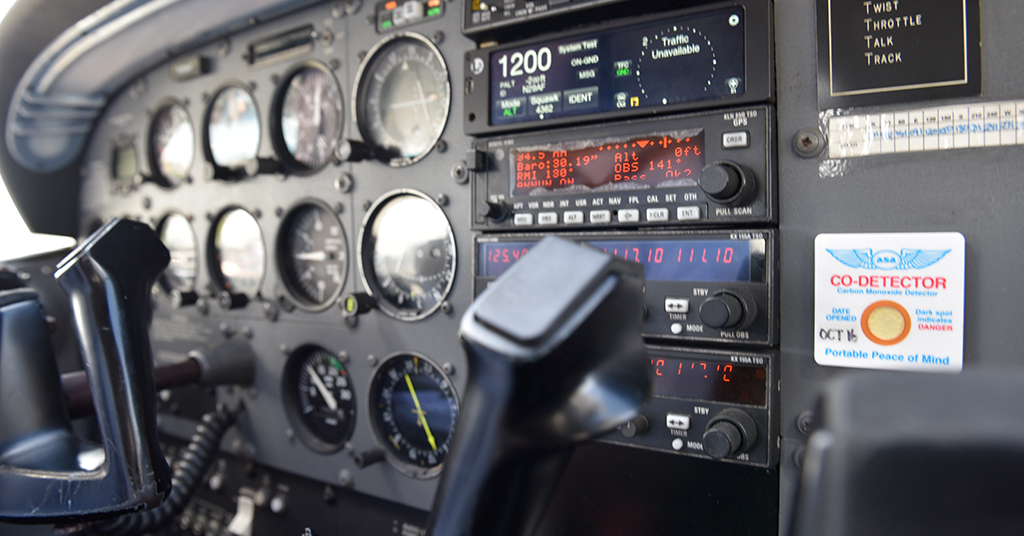Chapter 2 of the “Single Pilot In the IFR Environment” reviews how an IFR clearance is picked up in different situations, such as a controlled field vs an uncontrolled field and what our options are. We also discuss Flight Planning, IFR Currency as well as PIC responsibilities.
FLIGHT PLANNING
The FAA flight plan should be filed at least 30 minutes prior to the estimated time of departure (ETD). Local clearance delivery will maintain a clearance as active until 30 minutes after your ETD. After that, they can retrieve it from the computer until two hours after your ETD, and then it is automatically erased. If the departure is delayed for longer than two hours, you should notify ATC.
AIRCRAFT PERFORMANCE
To complete the flight plan, some knowledge of your aircraft’s performance is necessary. All of this information can be obtained in the approved POH.
AIRPLANE FLIGHT COMPLIANCE
With the flight plan completed, it should be determined if the airplane is legal from the standpoint of documents and inspections. Below is an easy-to-remember mental checklist. The word “ARROWE.” Before an aircraft can be used for a flight under IFR or VFR, the following documents must be on board.
IFR COMPLIANCE
When it comes to instrument currency 14 CFR 61.57(c) states: “No person may act as PIC of an aircraft operating under instrument flight rules, or in weather conditions less than the minimums prescribed for VFR, unless within the preceding 6 calendar months that person has performed and logged under actual or simulated instrument conditions, either in flight in the appropriate category of aircraft for the instrument privileges sought or in a flight simulator or flight training device that is representative of the aircraft category for the instrument privileges.”
PIC CARRYING PASSENGERS
In order to act as PIC carrying passengers for day currency, the pilot must have made three takeoffs and landings within the preceding 90 days.
In order to act as PIC carrying passengers for night currency, it is required that the pilot must also have made three takeoffs and landings to a full stop within the preceding 90 days.
In order to act as PIC on any flight, the pilot must have completed a Flight Review or the equivalent in the last 24 months, such as the FAA Wings Program.
NOTAMS and TFR’s
Now that the preflight planning is completed and the airplane and the pilot are legal, there is still a very important item to be checked. Every pilot knows the importance of having up-to-date approach charts, but he cannot be sure that he does unless he checks the FDC NOTAMS.
Temporary Flight Restrictions (TFRs) define an area restricted to air travel due to a hazardous condition, a special event or a general warning for the entire FAA airspace.
ATC SEQUENCING
The most common reason for problems on an IFR departure is the same as for any other phase of IFR flight: mental disorganization. One contributing factor to this disorganization is that the pilot doesn’t know what to anticipate in terms of information and actions from each of the controllers. Although at this point we are talking about planning for the departure, it is an opportune time to review the entire sequence of controllers. Being able to anticipate what the controllers need and what they may say/do contributes a great deal to mental organization.
LOOKING AHEAD
If a flight was being conducted to an airport that did not have an approach control function, who should the pilot “anticipate” would serve in that capacity? Who would issue the approach information and the method of entering the corridor?
SUMMARY
As you can see there’s a lot of information to absorb, it takes concentration, planning, organization and confidence to make a good flight. There is no right or wrong way to organize a cockpit for flight — provided that some organization is present. With practice, you will find a system that works best for you.










